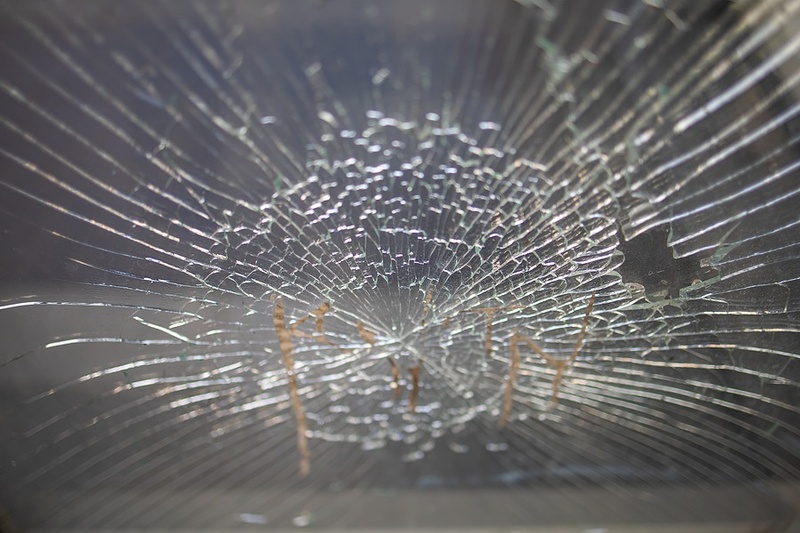Why Do Some Windscreens Spontaneously Shatter?
When a driver takes out a windscreen insurance plan, it needs to be clear and comprehensive to give them the peace of mind that whatever the cause of a shattered, cracked or splintered windscreen, they can get quick repair without paying any extra expenses.
However, one of the strangest reasons why a windscreen, rear or side window breaks is that in some very rare situations, it can randomly crack, shatter or even explode, as was the subject of a class-action lawsuit involving Subaru vehicles.
This can happen for several different reasons, from unseen blemishes and damage, weather conditions, flaws in the design of the glass or the vehicle it is fitted to, or improper installation.
In the Subaru case, the cause according to the manufacturer themselves was an improperly designed windscreen wiper heater.
The wiper heater, in conjunction with the vehicle’s defroster, was designed to stop the wipers from sticking during freezing conditions, but due to a defect, the concentration of heat created a divot in the glass that due to further thermal stress and vibrations became a crack or worse.
Thermal stress can be a problem when windows and windscreens either reach extreme temperatures or when the temperature of the edge of the glass is hotter than the glass in the centre, typically caused by extremely low or high temperatures warping the glass.
Why the Subaru legal case went to court is the fact that this thermal stress was part of the car’s design and made a spontaneous breakage incident more likely.
Whilst spontaneous glass breakages can lead to outright explosive shattering of glass, such events are extremely unlikely and even in these rare cases tend to affect the back and rear windows more than the windscreen, which is typically designed for more extreme conditions.
Even if it does suffer extreme pressure either through thermal stress or a warped part of the bodywork, it is more likely to crack but remain in one piece due to the layers of coating keeping the safety glass in place.
